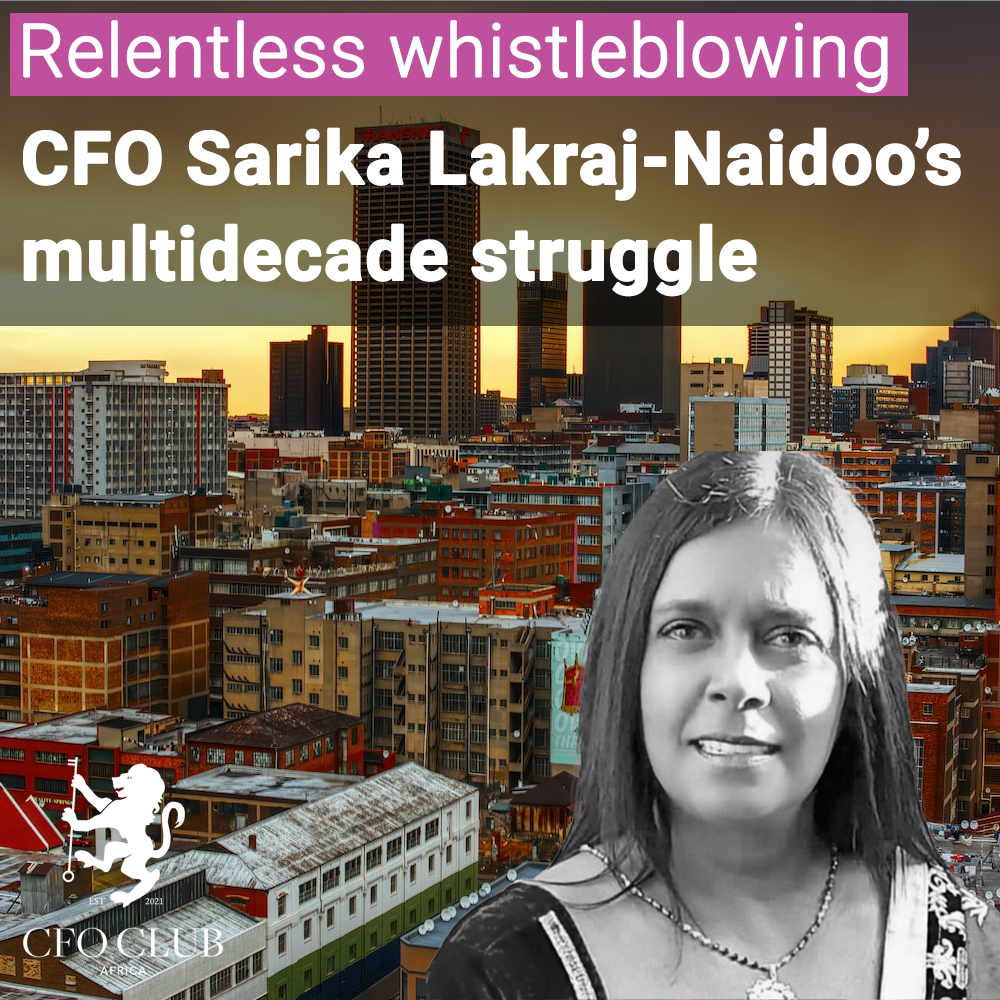Keep Calm and Crunch the Numbers Anyway
Keep Calm and Crunch the Numbers Anyway
How Financial Leaders Can Manage Anxiety Without Losing Their Edge
For CFOs, crisis isn’t a theoretical exercise, it’s the job description. From load-shedding and currency shocks to tax regulation whiplash and boardroom chaos, every strategic decision comes with a side helping of uncertainty. While the CEO might rally the troops and operations scramble to stabilise supply chains, it’s often the CFO who’s left holding the fiscal line – juggling liquidity, compliance, risk, and forecasts that seem to change with every headline.
In high-pressure moments, the question isn’t whether you’ll feel the weight of it all. The real question is: can you keep leading when anxiety creeps in? Because when you’re the financial backbone of the organisation, your internal state inevitably shapes external outcomes.
Anxiety Isn’t a Weakness – It’s Data You Haven’t Interpreted Yet
Let’s dismantle a common myth: that anxiety is a sign of poor leadership. In reality, it’s a signal – just like any other early warning system you’d build into your financial model. The problem isn’t the emotion itself; it’s when it goes unmanaged and begins to make decisions for you.
CFOs often pride themselves on being composed and rational, yet few are immune to the quiet panic that arises when cash flow projections tighten, when an unexpected regulatory letter lands on your desk, or when a cyber incident threatens your systems just days before reporting season. These moments test more than your technical acumen – they test your ability to self-regulate under fire.
Simulate the Storm Before It Hits
One of the most effective ways to reduce anxiety in high-stakes environments is to reduce the element of surprise. Simulation exercises, whether financial stress tests, cyberattack scenarios or operational disruptions – help embed a level of familiarity with chaos. By walking through possible crises ahead of time, you’re training your brain to respond rather than react.
Scenario planning shouldn’t be a compliance chore; it should be an essential executive habit. Assemble your team quarterly and choose a realistic crisis to unpack. What happens if your largest client defaults? If your debt covenants are breached? If your systems are locked by ransomware? Plot out roles, responses, and immediate actions. When a real incident occurs, you’re not scrambling in the dark, you’re navigating terrain you’ve already mapped.
Communicate Like a Metronome, Not a Megaphone
In a crisis, clarity becomes a leadership currency. And yet, anxiety often pushes people into either silence or noise – both dangerous in their own right. As a CFO, your ability to communicate with structure and consistency stabilises not only your team but the wider organisation.
Use a simple, disciplined framework when speaking to stakeholders: What do we know? What don’t we know yet? What are we doing next? This approach removes ambiguity, reduces speculation, and signals calm competence – even if your spreadsheets are telling a more dramatic story.
Avoid the urge to over-reassure when facts are still emerging. Instead, focus on what you can confidently say. Not every message needs a silver lining, just a steady hand.
Reframe the Narrative Without Ignoring the Risk
Anxiety thrives in ambiguity, and it loves worst-case scenarios. When your brain is playing out a doomsday projection – “if we miss this quarter’s EBITDA target, we’ll lose investor trust, the board will revolt, and our rating will tank” – it’s rarely working off facts.
Reframing isn’t about false optimism; it’s about applying the same logic you bring to financial reviews to your own thought processes. Ask: What’s the real risk here? What’s controllable? What’s noise? Often, the fear of reputational damage or the pressure to perform is louder than the actual threat.
You don’t need a psychology degree to do this. You need to pause, interrogate your assumptions, and lean into the data – not the drama. And if the risk is real? Then the numbers will tell you what action is needed.
Don’t Be the Single Point of Failure
CFOs are notorious for taking on too much. The pressure to oversee every transaction, sign off every procurement decision, and manage every financial communication becomes a trap. When crisis hits, trying to control everything not only deepens your anxiety – it compromises your effectiveness.
Delegation is not a luxury in these moments; it’s essential risk management. Establish clear boundaries: routine reporting and daily cash monitoring can sit with the financial controller; compliance and legal matters can be escalated through the governance team; board-level responses and funding strategies stay on your desk. When your team knows their roles, you’re freed up to focus on strategic response rather than firefighting.
More importantly, it creates a culture of distributed responsibility – one where your organisation isn’t dependent on your resilience alone.
Use Your Body to Regulate Your Brain
It may sound counterintuitive in the data-driven world of finance, but your nervous system can either be your greatest ally or your biggest saboteur in a crisis. When the stakes are high and emotions are running hot, even a calm-looking CFO might be experiencing an internal spike of cortisol and adrenaline.
Simple physical grounding techniques can help. Before entering a board meeting or stakeholder call, take a moment. Try box breathing: inhale for four seconds, hold for four, exhale for four, hold again. Repeat. These moments of physiological regulation give your executive brain – the one that thinks clearly and rationally fighting chance to take the lead.
It’s not about turning into a wellness guru. It’s about making sure your best thinking doesn’t get hijacked by the stress response.
Anchor Yourself in Routine When Everything Else Feels Unpredictable
In times of flux, routines create stability. They reduce cognitive load and keep you tethered to something predictable. You can’t control the rand, regulatory shifts, or load-shedding schedules – but you can control how you start and end your day.
Many seasoned CFOs use daily rituals to maintain their footing. Begin your day with a short cash flow check-in – ten minutes, just to keep your finger on the pulse. Schedule a midday touchpoint with your financial controller to flag any brewing concerns. End the day with a five-line journal entry: What went well? What was challenging? What new risks emerged? What needs follow-up? Who needs feedback or support?
It’s not about adding tasks to your to-do list. It’s about protecting the one resource your team can’t afford to lose: your judgement.
Conclusion: The Calm Is the Strategy
Resilience isn’t just about grit – it’s about preparation, structure, boundaries, and emotional literacy. When anxiety is handled well, it becomes a driver of insight and action. When ignored, it turns decision-makers into reactors.
For CFOs, the ability to lead calmly in crisis is not a soft skill. It’s a core competency. And while your forecasts and funding models will always matter, in the moments that define your leadership, it’s your presence that counts most.
The storm will come. Your role isn’t just to predict it, it’s to lead through it. Calmly, decisively, and without losing yourself in the noise.





